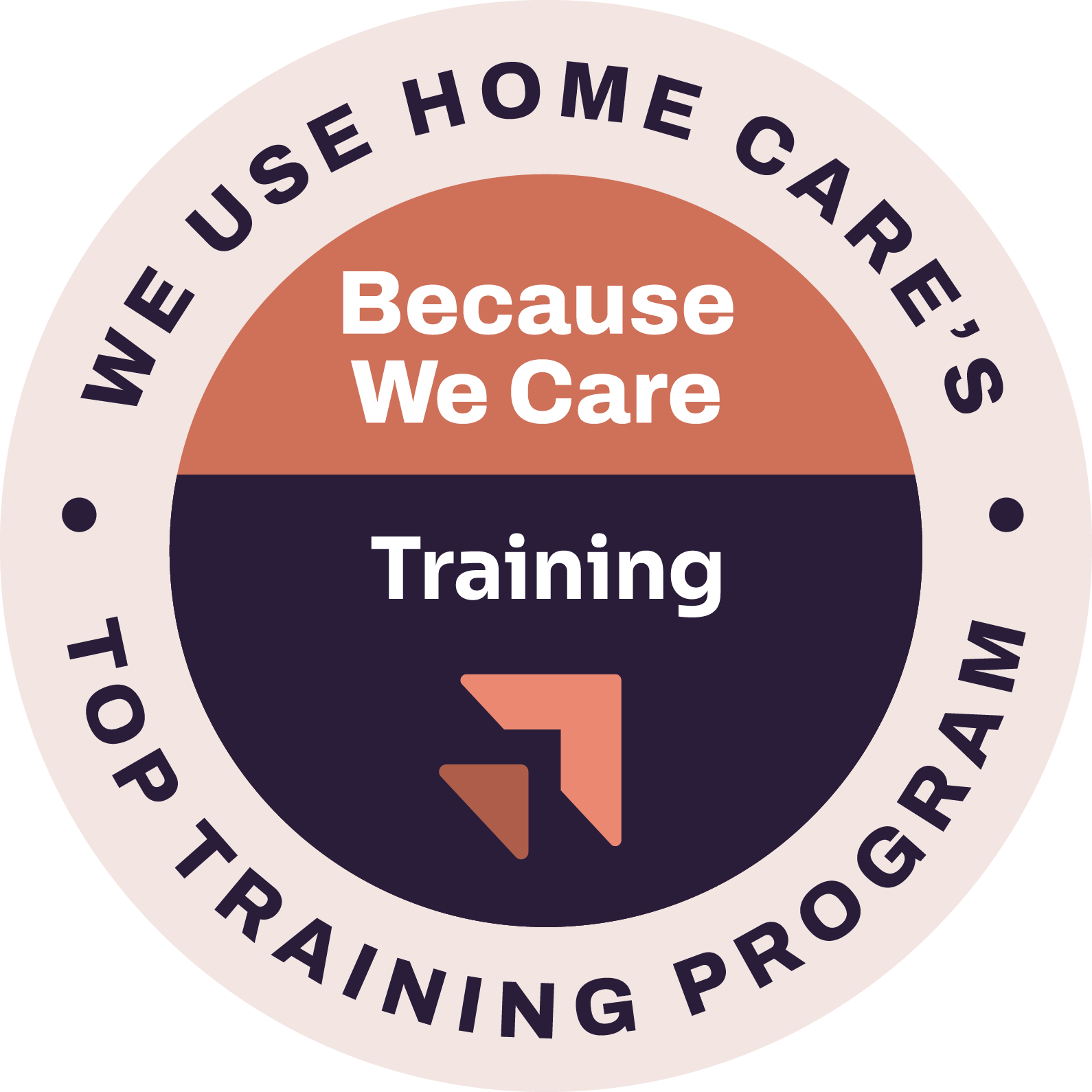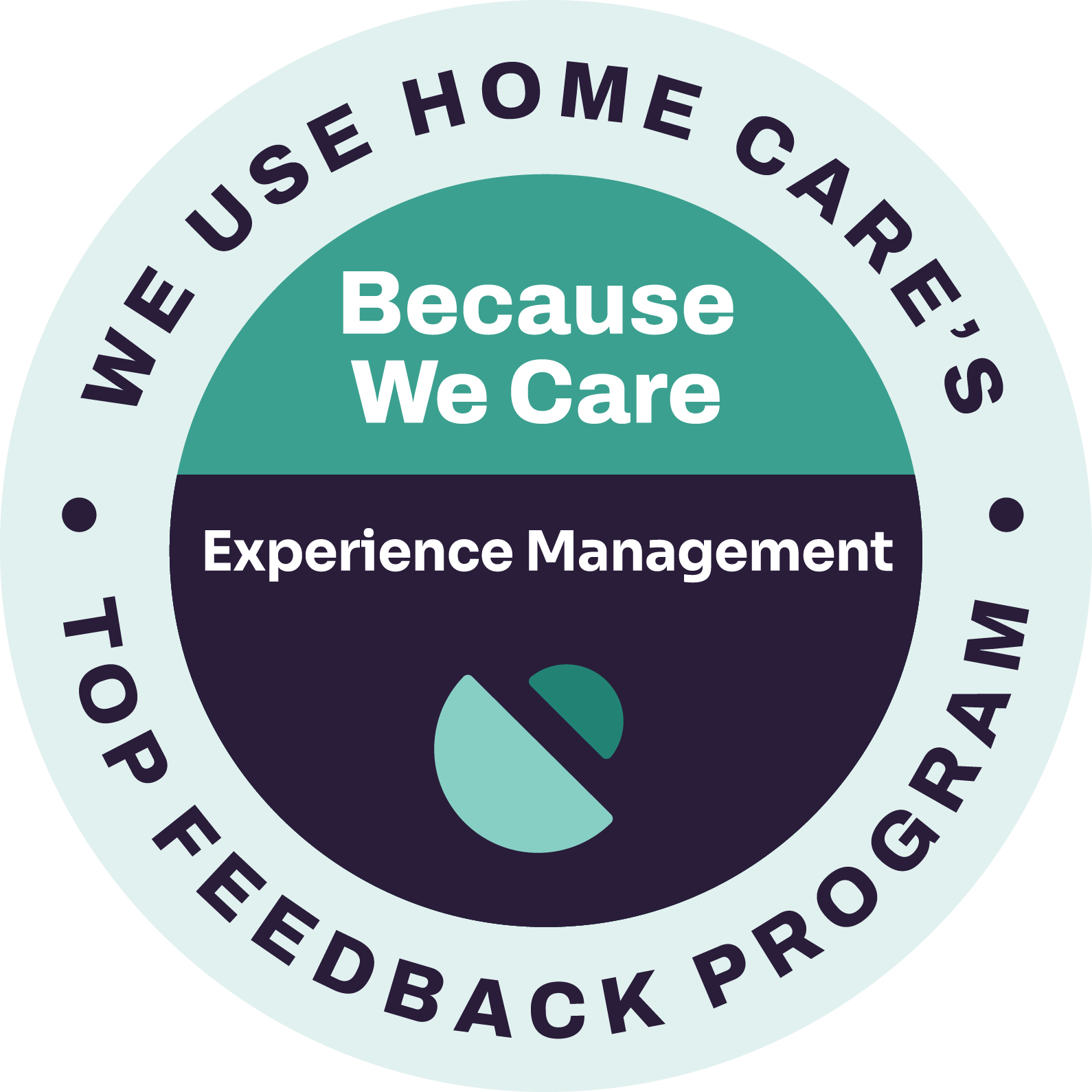As our loved ones age, ensuring they receive proper care becomes a top priority. However, navigating the world of senior care options can be overwhelming. Here’s a breakdown of some common senior care options along with their pros and cons. Then – something you may not have considered – combining approaches for the best results!
In-Home Care
“92% of older adults surveyed prefer to live out their later years in their current home,” as reported by Forbes in Aging In Place Statistics And Facts In 2024. In-home care helps ensure safety while providing the companionship, support, independence and peace of mind desired.
Pros:
- Familiar comfort of home
- One-on-one attention
- Personalized care plan with flexible care schedules
Cons:
- Can be costly for round-the-clock care
- Safety modifications may be needed in the home
- Less social interaction compared to community settings

55+ and Independent Living Communities
Independent Living communities can be ideal for active seniors who want a maintenance-free lifestyle.
Pros:
- Community setting offers socialization opportunites
- Amenities (e.g., fitness centers, dining options)
- Minimal maintenance required
Cons:
- May not offer the services and amenities needed
- Can be costly
- Loss of personal space and privacy
Assisted Living Facilities
Assisted Living communities offer a balance of independence and support, providing help with daily needs. Many have on-site medical assistance.
Pros:
- New social opportunities
- Scheduled activities and outings
- Assistance with daily needs
Cons:
- Less frequent visits from family and friends
- Can be expensive
- Reduced independence and autonomy

Skilled Nursing Facilities
For seniors requiring 24/7 medical care, skilled nursing facilities provide comprehensive support.
Pros:
- Round-the-clock medical supervision
- Specialized care for complex conditions
- Structured environment
Cons:
- Less independence
- Can feel institutional
- Often the most expensive option
Adult Day Care
Adult Day Care Centers provide a safe and supportive environment where seniors and adults with disabilities can engage in social, recreational, and therapeutic activities during the day.
Pros:
- Social interaction
- Structured activities
- Allows family caregivers to work or have breaks from caregiving responsibilities
Cons:
- Usually limited to daytime hours
- Adverse weather can be a challenge to attending
- Transportation issues

Combining In-Home Care with Other Options
In-home care can be a versatile solution that complements other senior care options, providing a customized approach to meet your loved one’s needs.
55+ Communities/Independent Living + In-Home Care
Sunlight Senior Care has dozens of clients living in 55+ and Independent Living communities who need extra support:
- In-home caregivers can provide personal care services
- Assist with medication management
- Help with household tasks and transportation not covered by the community
Assisted Living + In-Home Care
Sunlight Senior Care also has had clients living in Assisted Living Communities who needed one-on-one care beyond what the Assisted Living community offered. Our in-home caregivers can:
- Provide a higher level of companionship
- Assist with tasks not covered by the facility
- Offer personalized care during illness or recovery
Adult Day Care + In-Home Care
Many Sunlight clients live with family who are their primary caregivers. Adult Day Care facilities offer structure and socialization for their loved one while they’re at work. For these clients, the addition of Sunlight Senior Care:
- Provides needed care evenings and weekends when day care is not open
- Provides respite care for family caregivers so they can be at their best for their loved one
- Provides daytime care when your loved one is ill or unable to attend Adult day care
Factors to Consider When Choosing Senior Care:
- Assess your loved one’s needs: Consider their physical health, cognitive abilities, and social needs.
- Evaluate finances: Understand costs and explore funding sources, including long-term care insurance and Medicare/Medicaid. Read More: 9 Ways of Paying For In-Home Care
- Visit facilities: Tour potential communities and ask plenty of questions.
- Involve your loved one: Include them in the decision-making process as much as possible.
- Consider location: If relocating, think about proximity to family and preferred medical providers.
- Explore combined care options: Consider how in-home care might complement other senior care choices.
Remember, senior care needs can change over time. You’ll want to reassess and adjust to ensure your loved one receives the best possible care for their wellbeing. The flexibility of in-home care can be particularly valuable as needs evolve, allowing for seamless transitions between different levels of support.






